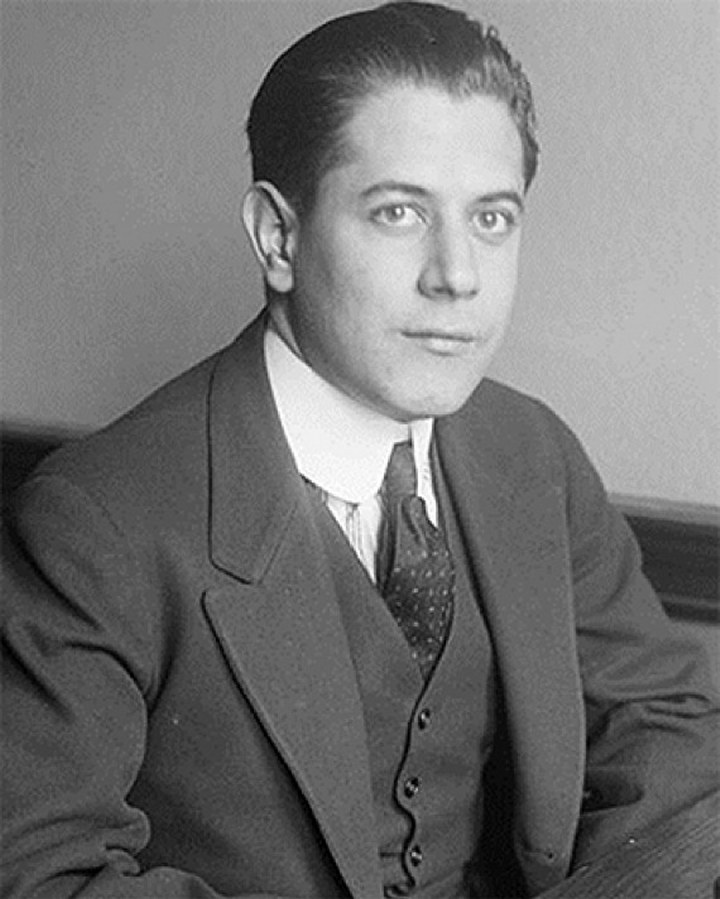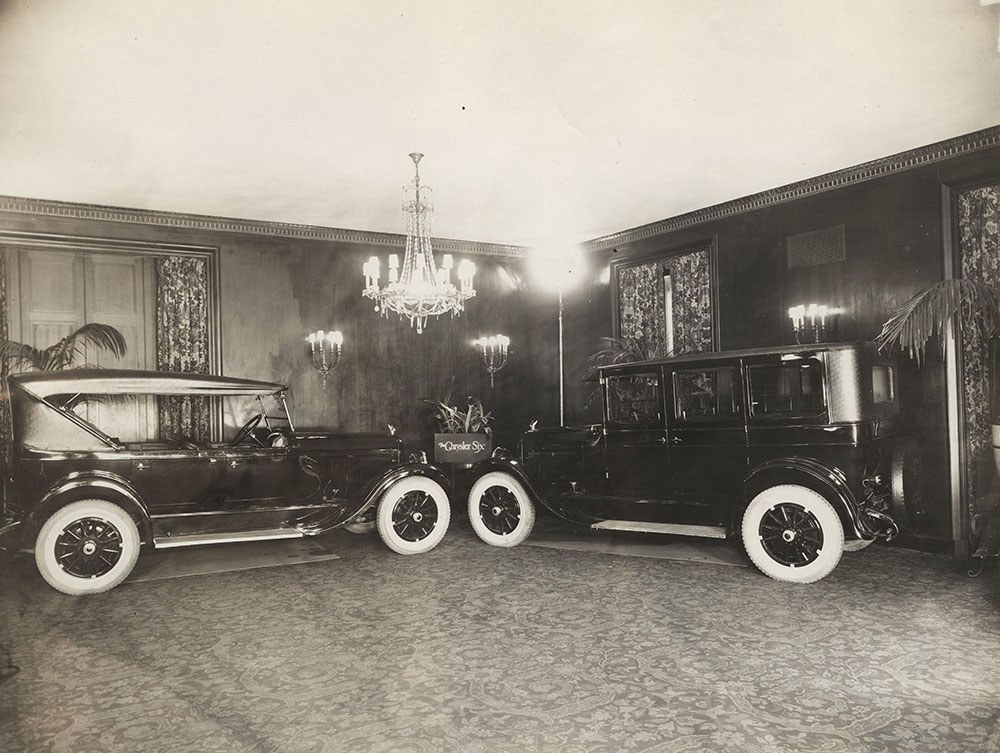No draws!
After his defeat against Capablanca in round 14 and the subsequent dispute about the clock that was allegedly not working, Dr. Lasker had a bye in round 15. He was able to rest but also had to watch how Capablanca and Alekhine, his main rivals to win the tournament, were both successful.

World Champion José Raúl Capablanca
World Champion José Raúl Capablanca played against Dawid Janowsky the oldest participant in the tournament who in 1910 challenged Lasker in a World Championship match. The match was supported by Janowsky's wealthy patron, the millionaire Leonardus Solomon, but Janowsky did not have a chance: he did not win a single game but lost eight and drew three.
Janowsky was born on May 25, 1868 in Wołkowysk in Russia but around 1890 settled in Paris. In 1915 he moved to the US where he has lived for the last nine years. However, he soon intends to return to Paris.
In round 15 Janowsky played against Capablanca, who admired and respected Janowsky's play and once said about him: "When in form Janowsky is one of the most feared opponents who can exist." But in New York Janowsky is not in form and Capablanca won convincingly. In his opening play Capablanca was inspired by the "Hypermoderns" and opted for an Indian Defense with colours reversed.
Now Capablanca played 5.c4 which led to a Benoni with colours reversed.
In this position Black played 35...Re6, attacking the queen. However, Capablanca did not retreat the queen but instead played 36.Nh4. Black now replied 36...Rf6 and continued to attack the queen that he cannot really take. White used the dominant position of his queen to win material and the game: 37.Be4 Qg8 38.Bd5 Ne7 39.Qxf6 gxf6 40.Bxg8 Rxg8 41.f3 f5 42.Bxf4 Nec6 43.Ng6+ Kh7 44.Bxe5 Nxe5 45.Rxe5 Bxe5 46.Rxa7 and Black resigned. The elegant chess of the World Champion suits the elegant interieur of the hotel.
Against Alexander Alekhine Frederick Yates tried an Indian Defense with Black. Alekhine tackled Yates' exotic build-up with great force and occupied the centre with four pawns. Maybe that is the way to play against this system. Be that as it may, Yates had great trouble with this approach and was lost before he could even complete his development.
After eleven moves Black has trouble to find good squares for his pieces and Alekhine soon won an exchange and then did not need long to win the game:
White now played 16.c6 and after 16...bxc6 17.dxc6 Nb8 picked up the exchange with 18.Bc5. Black resigned on move 32.
Reti again tried his hypermodern opening, this time against Frank Marshall. But the American had prepared something, namely 1.Nf3 Nf6 2.g3 d5 3.cxd5 Nxd5. But what is this? White does not want a pawn centre, and Black does not want it either. However, after this unusual opening a more or less "normal" position developed, in which the tactician Frank Marshall did not attach much importance to his pawn structure.
14...Rb8! Marshall seems to believe that pawns just hinder his pieces to move freely and therefore he likes to sacrifice them. A few moves later the rook appears on the kingside.
15.Nb3 Rb6 16.Qxa7 Qg5 17.Qa5 c5 18.Qxc5 Nf4 19.g3 Rh6 [More precise was 19...Ne2 because White now had 20.Qc2].
20.Qxc7? According to Alekhine this is the decisive mistake. 20...Ne2+ 21.Kg2 Qg4 22.Rh1 f4 [22... Dh3 also won.] 23.f3 Qh3+ 24.Kf2 Rc8 25.Qa5 Nxg3 26.Rhg1 Qxh2+ 27.Rg2 Qh4 28.Rc1 Re8 29.Qb5 Ne4+ 30.Kf1 Qh1+ 0–1
But the players also adopted more traditional openings. Savielly Tartakower had Black against Efim Bogoljubow and opted for the solid Dutch Stonewall. For a long time the game was more or less equal but then Black was suddenly in "zugzwang" in a rook ending.
White played 23.b4. What can Black do now? If Black's king moves the pawns on g7 or e6 is lost. But if Black moves the rook, the pawn on b6 or the pawn on e6 have the price to pay. The game still lasted for a while but the result was never in doubt.
The game between Geza Maroczy and Edward Lasker began with a Queen's Gambit and resulted in a minor piece endgame in which Maroczy was playing with a knight and an extra pawn against Black's bishop.
After 75.e4+ Ke5 76.Kc6 Bb6 77.Nd6 Bf2 78.Nc8 Black resigned.

A hotel nearby showed an exhibition with modern automobiles.
Results of round 15
G. Maroczy 1-0 Ed. Lasker
R. Reti 0-1 F. Marshall
J.R. Capablanca 1-0 D. Janowsky
Efim Bogoljubow 1-0 S. Tartakower
A. Alekhine 1-0 F. Yates
Bye: Emanuel Lasker
Standings after round 15
Games
Links
Translation from German: Johannes Fischer

























